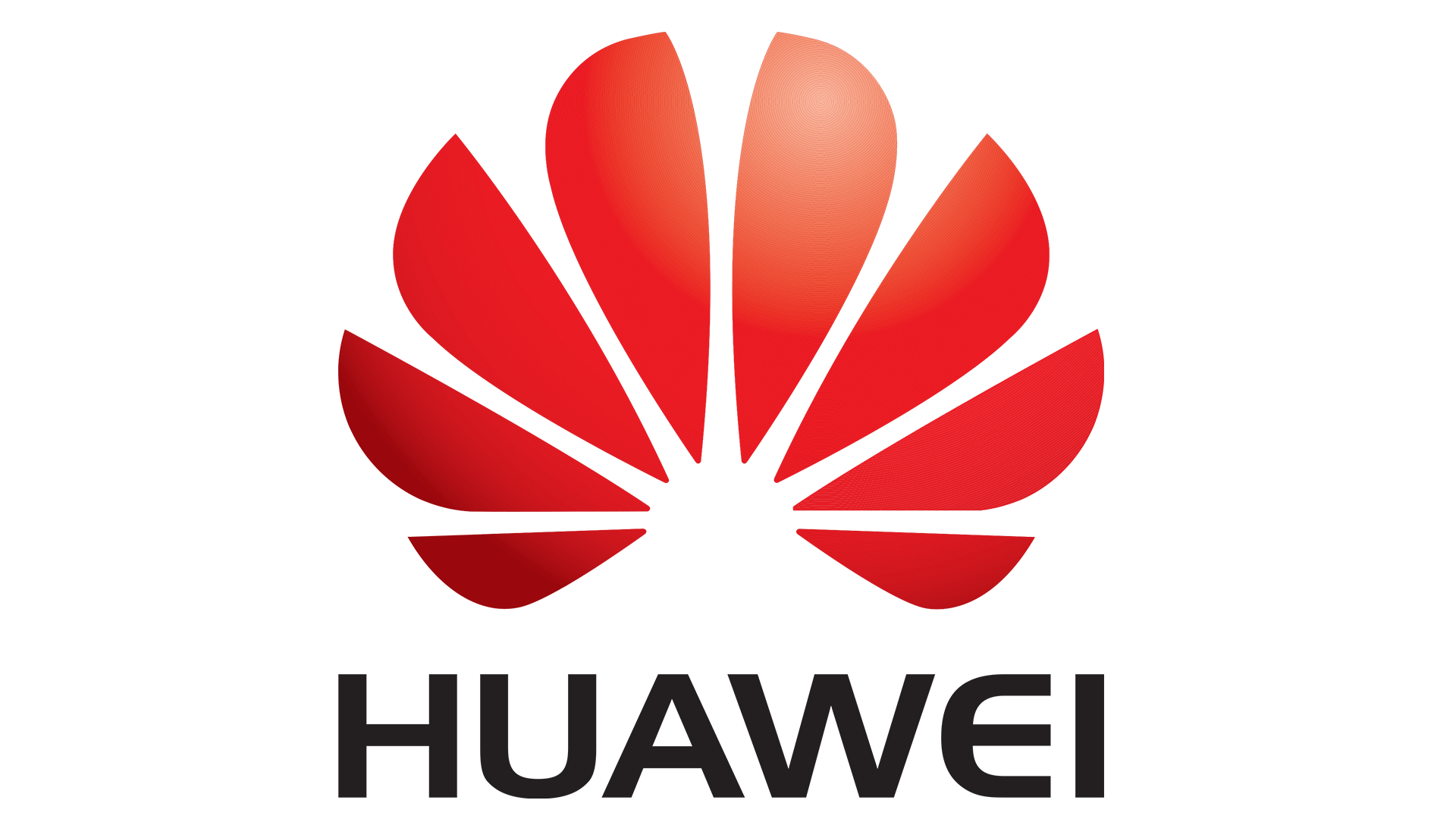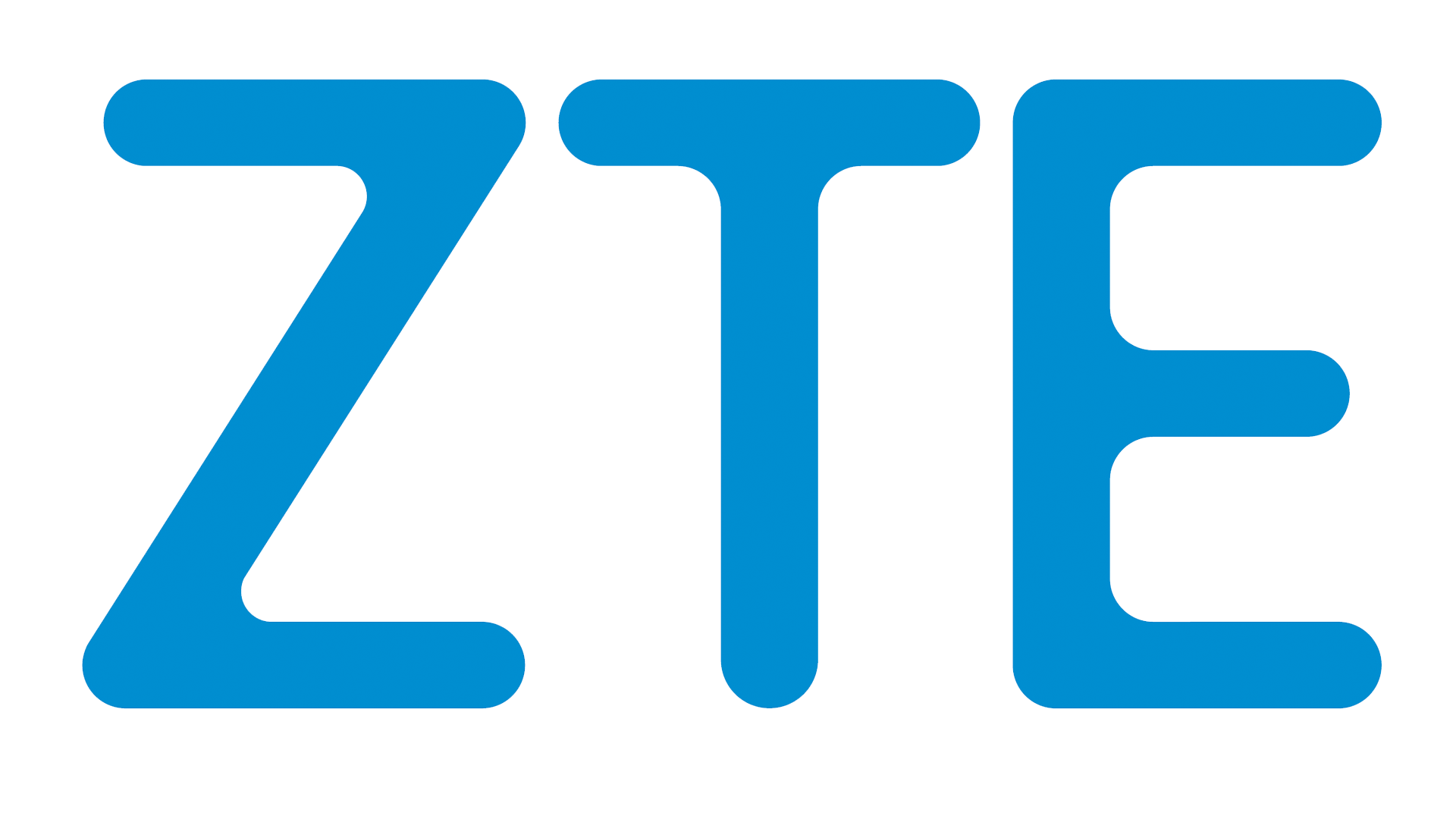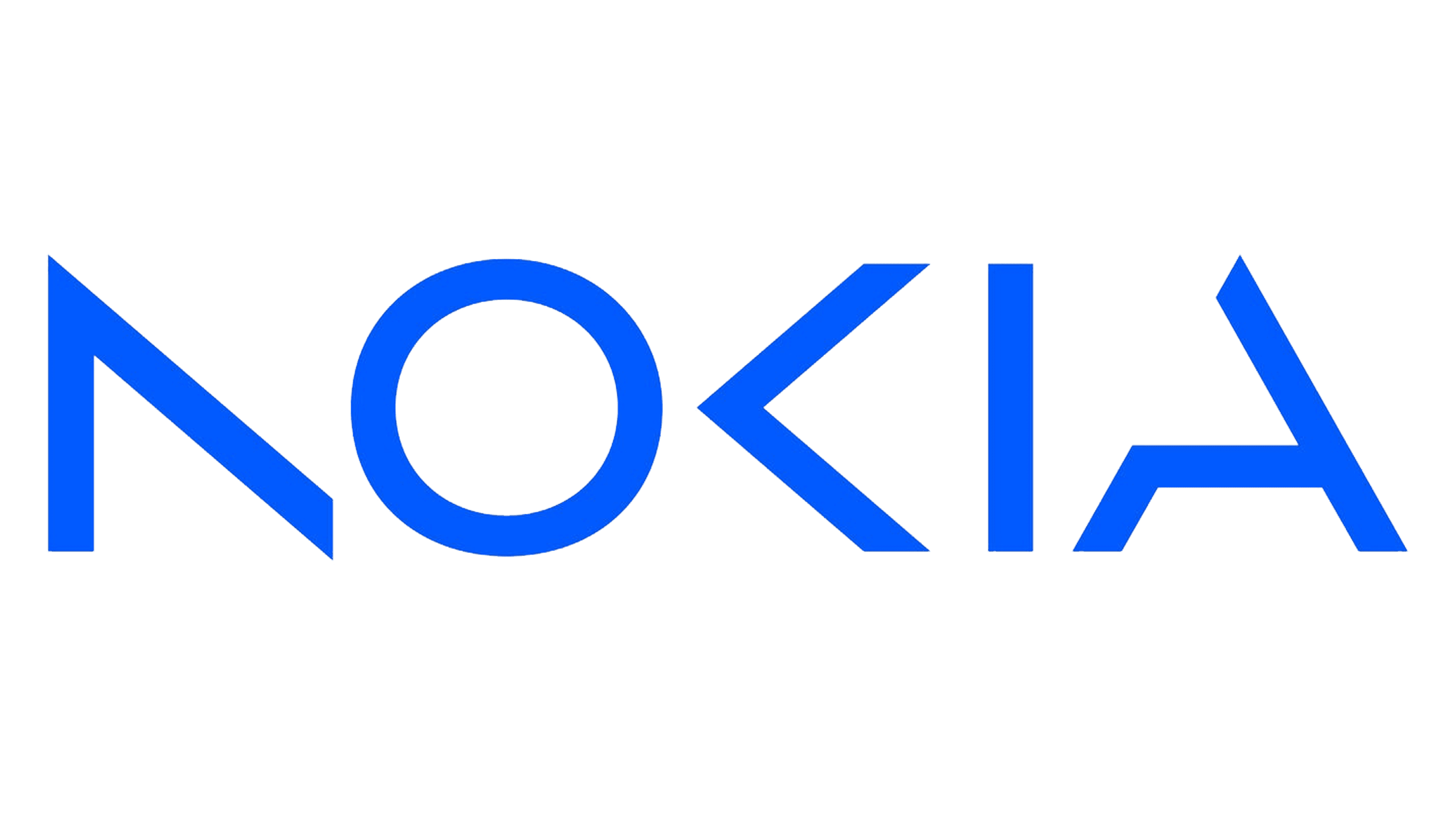Reserve Currency Meaning, History, Dollar, World
The global economy and the international markets have expressed so much faith the U.S dollar which makes it the most liquid and stable exchange in international trade. Thus, the US dollar became the primary unit for central banks to hold reserves, indulge in trading, and extend loans. However, in 1973, the new economic policy by US President Richard Nixon dissolved the arrangement of fixed exchange rates, disjointed the US dollar from gold, and replaced it with a floating exchange rate system. Since the end of World War II, the dollar has been the world’s most important means of exchange. It is the most commonly held reserve currency and the most widely used currency for international trade and other transactions around the world. The centrality of the dollar to the global economy confers some benefits to the United States, including borrowing money abroad more easily and extending the reach of U.S. financial sanctions.
In the U.S., almost all banks are part of the Federal Reserve System and it is required that a certain percentage of their assets be deposited with their regional Federal Reserve Bank. Insights into the political and economic events worldwide that can cause currencies to change and how this can affect your FX business. Those operating in the issuing country can enjoy trading without the risk of currency fluctuations as a result of conversion. Quickonomics provides free access to education on economic topics to everyone around the world. Our mission is to empower people to make better decisions for their personal success and the benefit of society.
The run on gold forced President Nixon to decouple the dollar from gold, leading to today’s floating exchange rates. Soon after, the value of gold tripled, and the dollar began its decades-long decline. The U.S. dollar also dominates as an international reserve currency, holding 62% of the world’s foreign exchange reserves, while the euro has a share of only around 20%. Many currencies can serve as a reserve currency, however, the U.S. dollar is considered the world’s reserve currency. This has to do with a multitude of factors, such as the U.S.’s dominance after World War II and the strength of its economy; the largest in the world.
Continued Faith in the U.S. Dollar
In addition to these factors contributing to strong demand for the U.S. dollar, the currency also benefits from the network effect. The increasing use of a currency as a transaction medium provides incentives for market participants to also use the same currency to conduct their international business. A reserve currency, or anchor currency, is characterized by its role as the main international transaction, investment, and reserve currency. This Congressional Research Service report PDF examines the debate over exchange rates and currency manipulation. Some experts say this benefit is modest, pointing to the fact that other developed countries are able to borrow at similarly low rates.
Planet Money
- Major commodities such as oil are primarily bought and sold using U.S. dollars, and some major economies, including Saudi Arabia, still peg their currencies to the dollar.
- Morgan Wealth Plan can help focus your efforts on achieving your financial goals.
- Furthermore, the dollar is so widely available and traded frequently – deep liquidity makes for reliable international transactions.
- As gold prices rise, this sentiment has been reflected in the markets, solidifying gold’s role as a universal store of value.
- The economic upheaval caused by the pandemic and the war in Ukraine has renewed concerns about the downfall of the dollar as the leading reserve currency.
- Our mission is to empower people to make better decisions for their personal success and the benefit of society.
The U.S. dollar continues to dominate as the world’s primary reserve currency due to its stability, liquidity, and the robust backing from U.S. This status was cemented post-World War II through the Bretton Woods Agreement. Though the dollar’s link to gold ended with the Nixon Shock, the currency remains an integral part of global trade and finance. The U.S. dollar gained its function as a reserve currency primarily through the Bretton Woods system of fixed exchange rates with the gold standard, which was established after World War II. As of July 2023, China has by far the most reported foreign currency reserves of any country, with more than $3 trillion.
- This blog post by CFR’s Brad W. Setser explains how China and other countries hide their foreign exchange reserves.
- Besides, the currency must be stable and easily convertible into domestic currencies.
- A – The US dollar has been considered as the world’s reserve currency since the mid-20th century.
- However, in 1973, the new economic policy by US President Richard Nixon dissolved the arrangement of fixed exchange rates, disjointed the US dollar from gold, and replaced it with a floating exchange rate system.
Certain custody and other services are provided by JPMorgan Chase Bank, N.A. JPMS, CIA and JPMCB are affiliated companies under the common control of JPMorgan Chase & Co. Morgan Securities LLC (JPMS), a registered broker-dealer and investment adviser, member FINRA and SIPC. The post-war emergence of the U.S. as the dominant economic power had enormous implications for the global economy. Gross Domestic Product (GDP), which is a measure of the total output of a country, represented 50% of the world’s economic output.
Aside from foreign currency, a countrys reserve currency can also be made of gold and oil which are used for international transactions. The euro is the second most used reserve currency, accounting for roughly 20 percent of global foreign exchange reserves. The European Union rivals the United States in economic size, exports more, and boasts a strong central bank and robust financial markets—factors that make its currency a viable challenger to the dollar. But the lack of a common treasury and a unified European bond market limits its attractiveness as a reserve currency, according to Setser. The dollar’s status as the global reserve currency was cemented in the aftermath of World War II by the 1944 Bretton Woods Conference, in which forty-four countries agreed to the creation of the IMF and the World Bank.
This led, among other things, to the rise of the United States as a world power and the simultaneous loss of economic and political importance of Great Britain. The closest thing to an official list of reserve currencies comes from the International Monetary Fund (IMF), whose special drawing rights (SDR) basket determines currencies that countries can receive as part of IMF loans. As global demand for the dollar is high, the issuing country (the US) is able to borrow money at much lower rates. The US dollar has been designated as the world’s foreign RC for over 70 years. Thence, nations observe the financial regulations of the US to shield against inflation or stagflation and guarantee the security of their reserves. Before World War I, in addition to the British pound, the French franc and the German mark were also used as reserve currencies.
Morgan Wealth Plan can help focus your efforts on achieving your financial goals. Through Wealth Plan, you can connect with an advisor to help automated trading software you create a plan, adjust your financial strategy, and track your progress. Whether you choose to work with an advisor and develop a financial strategy or invest online, J.P.
Examples of Reserve Currencies
Being the world’s reserve currency, it can easily resist a financial crisis compared to other currencies. Also, it helps reduce exchange rate risks during international dealings as nations needn’t use their own currency for transactions. Therefore, countries persistently monitor the major reserve currency to ensure their assets remain profitable. The U.S. dollar is currently the world’s reserve currency because of its widespread use in many areas, such as commodity trading and as a reserve currency for central banks. In this time of geopolitical tension and economic uncertainty, certain countries have opted to increase their gold reserves to hedge their reliance on the US dollar.
Sustaining Trust in the U.S. Dollar As a Reserve Currency
Currently, the US dollar is the predominant reserve currency across the world and is expected to retain its status in the near future. A reserve currency is a foreign currency held in a nation’s central bank and used for international trade and other purposes. For example, Japan holding U.S. dollars would be the U.S. dollar as a reserve currency for Japan. This allows Japan to facilitate certain global transactions by using its U.S. dollars, such as the buying and selling of oil, which is done in USD. Countries also hold reserves to hedge against exchange rate risk in order to maintain financial stability. The U.S. dollar went off the gold standard in the 1970s, leading to contemporary floating exchange rates.
You’re now leaving Chase
The dollar supply grew beyond gold reserves, lowering the value of foreign-held currency reserves. The dollar’s status as the leading reserve currency has been called the “exorbitant privilege” of the United States, a phrase coined by former French Finance Minister Valery Giscard d’Estaing in the 1960s. At the time, French officials believed that the world’s appetite for dollars provided cheap financing for U.S. investment abroad.
How the U.S. Dollar Became the Worlds Reserve Currency
Recent examples include the US imposition of sanctions on Russia, in attempts to exclude them from the global financial system. Strengthened by the Bretton Woods Agreement of 1944, 44 Allied countries worked together to establish a new international monetary system. Instead of world currencies’ value being linked to gold, they would be pegged to the US dollar, which would then be convertible to gold, for $35 an ounce. Over time, the nations’ share of reserves declined or surged as their power in the global economic marketplace.
The need for this construct with the U.S. dollar as the reserve currency was due to the fact that at the end of World War II about 70% of the world’s gold reserves were stored in the United States. The U.S. dollar is currently involved in 88% of all global foreign exchange transactions, while the euro is the second most important currency, used for 31% of all transactions. This blog post by CFR’s Brad W. Setser explains how China and other countries hide their foreign exchange reserves. Treasury Secretary Janet Yellen, say that the aggressive use of sanctions could threaten the dollar’s hegemony.
While this solution is not expected to be implemented until 2030, BRICS countries are continuing to reduce their holdings of US dollars in the meantime. The establishment of alternative ratings agencies will reduce barriers for BRICS businesses in raising capital. Today, the US dollar is most widely considered the global reserve currency – however, the landscape is constantly evolving, with several factors potentially reshaping the system in the coming decades. Throughout this article, we will explore the definitions and history of the global reserve currency, as well as its advantages, disadvantages and future outlook. Consequently, at the Bretton Woods conference in 1944, the US dollar was pegged to gold while most other currencies were pegged to dollars. Eventually, the US dollar displaced the British pounds sterling as the major foreign RC in the mid-20th century.



















